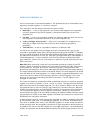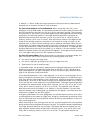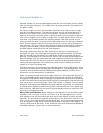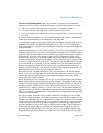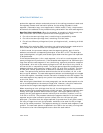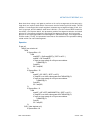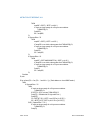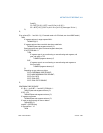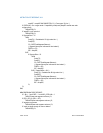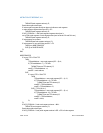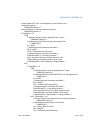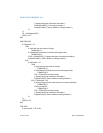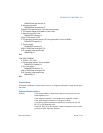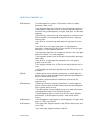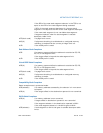
3-96 Vol. 2A CALL—Call Procedure
INSTRUCTION SET REFERENCE, A-M
tempEIP ← tempEIP AND 0000FFFFH; FI; (* Clear upper 16 bits *)
IF (EFER.LMA = 0 or target mode = Compatibility mode) and (tempEIP outside new code
segment limit)
THEN #GP(0); FI;
IF tempEIP is non-canonical
THEN #GP(0); FI;
IF OperandSize
= 32
THEN
Push(CS); (* Padded with 16 high-order bits *)
Push(EIP);
CS ← DEST(CodeSegmentSelector);
(* Segment descriptor information also loaded *)
CS(RPL) ← CPL;
EIP ← tempEIP;
ELSE
IF OperandSize
= 16
THEN
Push(CS);
Push(IP);
CS ← DEST(CodeSegmentSelector);
(* Segment descriptor information also loaded *)
CS(RPL) ← CPL;
EIP ← tempEIP;
ELSE (* OperandSize
= 64 *)
Push(CS); (* Padded with 48 high-order bits *)
Push(RIP);
CS ← DEST(CodeSegmentSelector);
(* Segment descriptor information also loaded *)
CS(RPL) ← CPL;
RIP ← tempEIP;
FI;
FI;
END;
NONCONFORMING-CODE-SEGMENT:
IF L-Bit
= 1 and D-BIT = 1 and IA32_EFER.LMA = 1
THEN GP(new code segment selector); FI;
IF (RPL > CPL) or (DPL
≠ CPL)
THEN #GP(new code segment selector); FI;
IF segment not present
THEN #NP(new code segment selector); FI;
IF stack not large enough for return address
THEN #SS(0); FI;



